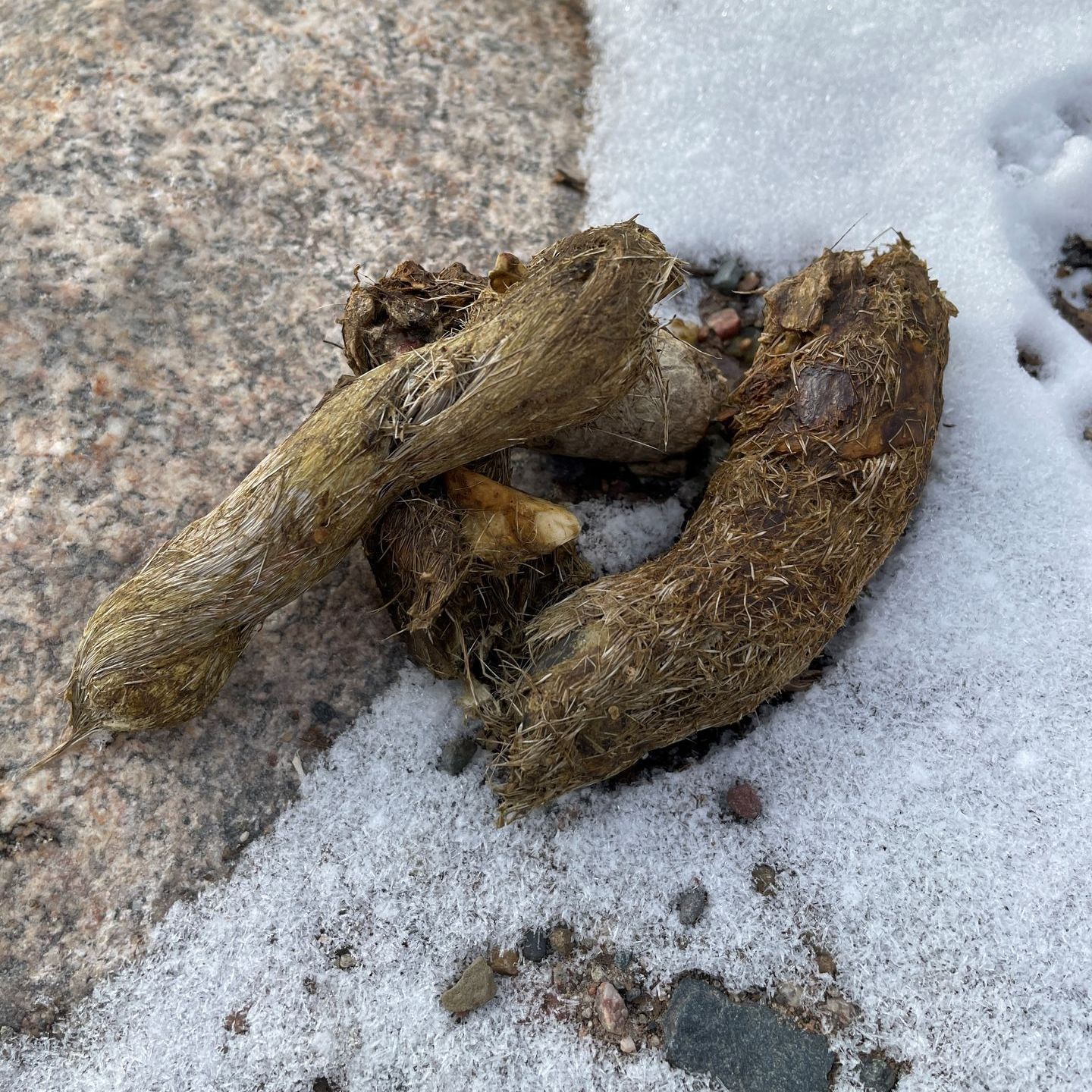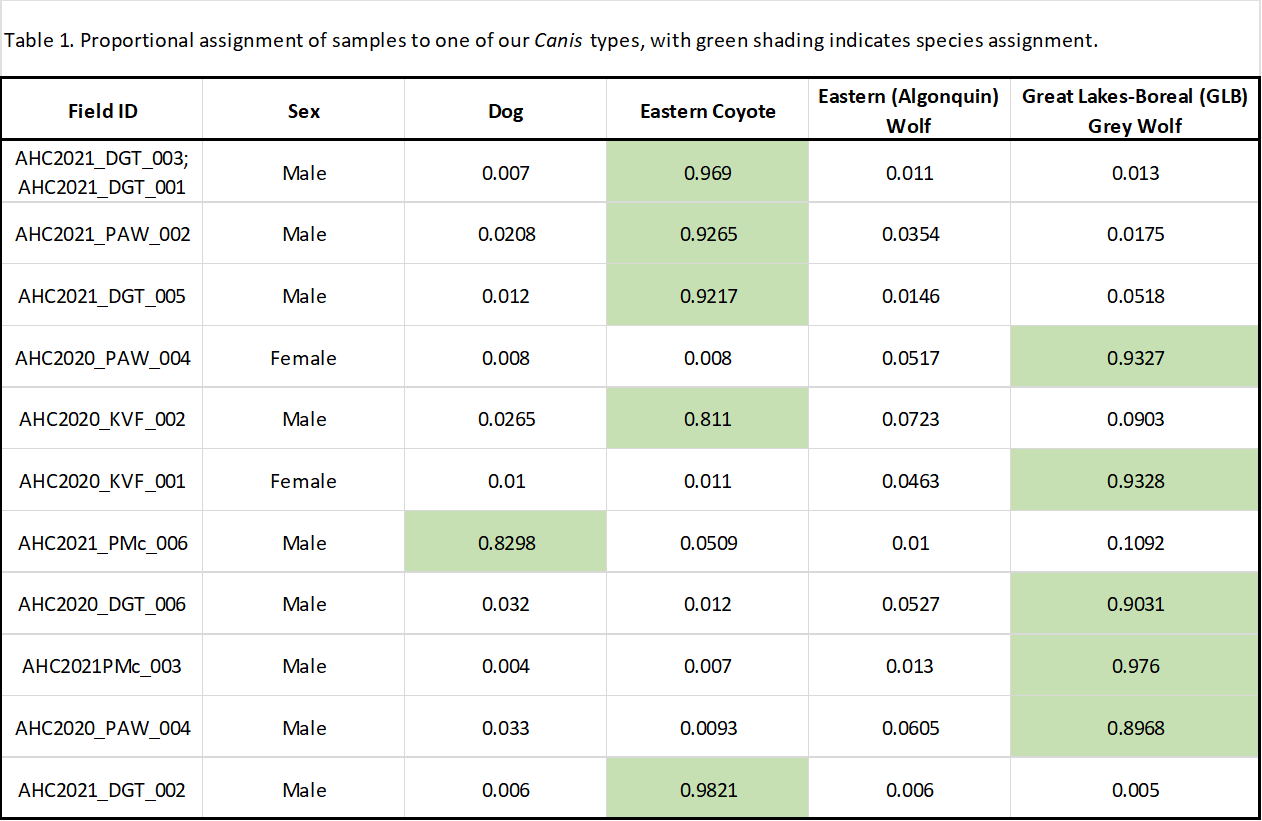Wildlife Research Project
The Scoop on Poop: What We Can Learn from Scat
Welcome to a rather unusual but fascinating topic – Scatology! Studying scat, or animal poop, may not seem glamorous or exciting, but it can provide a wealth of information on an ecosystem’s ability to function. In this blog, we will be exploring the value that examining animal scat has on our research and why it's a topic worth taking seriously – even if it does involve getting our hands dirty! But first things first, what makes animal poop so important?
To start, when animals excrete scat, they release organic matter into the environment, as well as traces of DNA, diseases, and nutrients such as phosphorus. Phosphorus is a limiting factor of productivity in an ecosystem, making it essential for plant growth. As scat breaks down, the organic matter and nutrients it contains are decomposed by soil microbes, working as a fertilizer to support primary productivity and subsequent trophic levels. In addition to its direct ecological benefit, scat can serve as a non-invasive research method to obtain information on the occurrence, distribution, and well-being of organisms within certain ecosystems.

To effectively utilize scat for research purposes, samples are generally located and inspected in the field, where, with a little bit of detective work, it may be identified to species level based on its size, shape, odour, and other characteristics, such as the presence of hair or seeds.
Depending on the depth of study, scat may be further examined in a lab where DNA extraction can occur. With a sufficiently fresh, uncontaminated and cold or frozen sample, this type of extraction and analysis can provide valuable information about the genetic diversity and health of a given species.
In our own study, we are interested in determining proportional genetic ancestry and the degree of genetic inter-connectedness among Canid species in our region. To begin this component of our study, we had to ensure that we had enough viable samples to send away for testing – and ensure we did! With the help of volunteers, extensive “track and scat” efforts were successfully undertaken during the winter months at four of our five study areas (Prince Township, Sylvan Valley, Stokely Creek, and Gladstone) amounting to an excess of 28 frozen scat samples. From those samples, we selected 12 considered to be of high quality for DNA analyses and processed them by swabbing the mucous of the thawing samples – oh, the things we do for science!

As it turned out, 12 of the 14 samples contained sufficient DNA for accurate genotyping. Detailed results are provided above in Table 1 and indicate an equivalent number (5) observations of coyote and grey wolf, with one sample being from a domestic dog. In each of the 4 study areas grey wolves were documented, while eastern coyote confirmed in all but the Sylvan Valley site. Two samples from the Prince Township site that were highly assigned as eastern coyote originated from the same animal. Of the 11 different animals documented based on DNA analyses taken from winter scat samples, 8 were male and 3 were female.
By using scat analysis to determine species type and sex, we gain critical insights into the populations of these predators, including how they are distributed throughout their habitat and their genetic relatedness. This information is essential in comparing site-specific occurrences and understanding the ecological dynamics at play. With the continued acquisition of scat and DNA data, we anticipate the opportunity to track individuals over time and space and to answer some key ecological questions about top predators in the Algoma Highlands.
Our project is made possible thanks to a passionate group of volunteers and strong collaborative partners.
You can learn more about our partners here.



